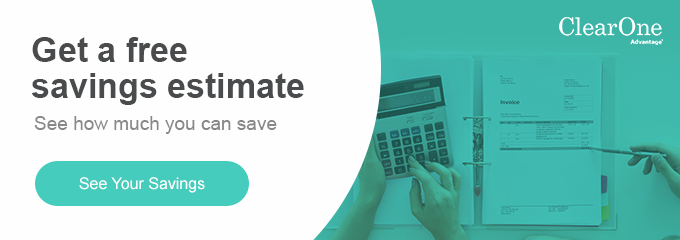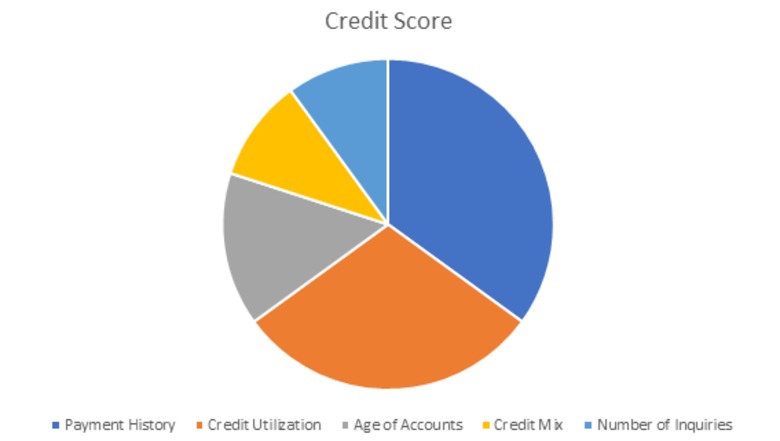
"The number one problem in today’s generation and economy is lack of financial literacy." - Alan Greenspan, former Chair of the Federal Reserve of the United States. Learn how improving financial literacy can benefit you.
What is financial literacy? Investopedia describes it as "the ability to understand and effectively apply various financial skills, including personal financial management, budgeting, and investing." Dave Ramsey says it's "the possession of skills that allows people to make smart decisions with their money."
No matter what words you use to define it, financial literacy helps you live a more financially fulfilling life. When you're financially literate, you likely will:
- Have an easier time with your household finances.
- Struggle less when unexpected expenses occur.
- Have a higher net worth.
- Have less debt.
- Have a clearer understanding of how finances work.
Financial Illiteracy Abounds
The education system fails at teaching students what they need to know to achieve financial literacy. One survey of 13 million students in over 11,000 U.S. high schools revealed that fewer than one in five high schools require financial literacy courses to graduate. This lack of financial education continues into adulthood. A FINRA report reveals that, when survey participants were asked five questions about financial literacy, 66 percent of respondents answered three or fewer questions correctly.
Five Core Concepts of Financial Literacy
If you feel that your own financial literacy is a little shaky, here's a guide to the five fundamental concepts of financial literacy, including:
- Budgeting
- Saving and investing
- Banking basics
- Credit score
- Debt
Budgeting
While it might not sound like a lot of fun, taking time to figure out a reasonable monthly budget is a great way to invest in yourself both now and in the future. We've put together a budget template to get you started. Here's how to do it.
- Figure out your monthly income. In most cases, this is a fairly straightforward case of looking at your paychecks and adding up your monthly take-home pay from every job or income source.
- Next, list your fixed expenses. These are the bills you have each month that never change, like your mortgage payment or rent payment, your auto loan payment, etc.
- Now that you have listed all the recurring fixed bills you have each month, it's time to do some estimating for your other expenses. Looking at your credit card bills, receipts, or bank statements for previous months can give you an idea about what you spend each month for variable expenses like utilities, groceries, entertainment, clothing, etc.
- Build room in your budget for other expenses that occur less frequently than monthly, such as taxes, certain types of insurance, etc.
- Once you have included sufficient estimates to cover all your expenses, be sure to also include a certain amount of money in your budget as savings/emergency funds.

Savings and Investing
Though a small child may start saving money by putting it in a piggy bank, it doesn't take long for a financially literate person to figure out that there are better ways to save money. Enter the concept of earning interest. Simply put, interest is the fee someone pays you so they can use your money (or if you are borrowing money, it's the fee you pay them to use their money).
For instance, when you put your money into a savings account with your local bank or credit union, you earn interest because you are, in effect, allowing the bank to use your money (although it is still yours, of course). For the privilege of using it, the bank pays you a small sum, which is a percentage of your total deposit.
There are two types of interest: simple interest and compound interest. Simple interest earns you interest on the original amount you deposit or invest. Compound interest, on the other hand, earns you interest on both the original amount you deposit or invest plus interest on interest from prior periods, meaning that you earn more interest more quickly.
Here are just some of the types of savings and investment vehicles that are interest-bearing:
- Savings accounts
- Certificates of deposit (CDs)
- Money market accounts
- Treasury bills and notes
- Stocks and Bonds
- IRAs, 401(k)s
Banking Basics
It pays to shop around to find a bank that suits your unique financial needs. Look for one that is conveniently located if you intend to use in-person services. Also, compare fee schedules and rates. Many banks offer no-fee or low-fee checking accounts, depending on your transaction volume or other qualifying factors. In many cases, credit unions may offer more favorable rates and fee structures for checking accounts and higher interest rates on savings accounts and CDs.
It is often advantageous to have both a checking and savings account and to set up a recurring automatic deposit from checking to savings to help you grow your emergency fund over time. This can take the sting out of saving and ensure that your nest egg is feathered comfortably.
If your employer offers the option, consider direct deposit. It is a secure option that saves you time and energy and ensures your money is where it needs to be when it needs to be there.
Speaking of security, if you take advantage of online banking for paying your bills, be sure that your internet connection is secure and that your data is protected from identity theft. Understand that your bank will never ask for your password or social security number via email...ever.
Credit Score
Your credit score is a number based on five separate financial factors:
- Your payment history: Have your payments been on time or do you have late payments?
- Credit utilization: How much of your available credit are you using? Are your cards maxed out, or do you have plenty of credit to spare? (Generally, creditors like to see no more than 30% of your credit limit used.)
- Average age of credit accounts: The older the account, the better.
- Credit mix: Mixed credit types, like car loans, home loans, credit cards show lenders you're responsible for multiple types of loans.
- Number of credit inquiries: The fewer, the better.

Your credit score is important because lenders pull your credit score to determine your creditworthiness. Good to excellent credit scores help you get better interest rates on mortgages, car loans, and credit cards, while poor credit scores may cause you to lose out on loans altogether.
If your credit score is poor due to indebtedness, however, you can repair it by getting out of debt, which is discussed here.
Debt
Perhaps the most perplexing of the problems those looking for information about financial literacy face is a heavy debt burden. Poor financial decisions caused by lack of understanding of how interest can compound when you are the borrower instead of the lender or how you can quickly get into trouble when you underestimate your expenses each month can lead to debt in short order.
If you are in this situation, you don't have to face it alone. You can get out of debt by learning about your options and taking the initiative to become financially savvy. It all starts with a short call to 866-481-1597 with a ClearOne Certified Debt Specialist, who will talk with you about your specific situation and help you explore all your debt relief options so you can feel free from debt and get control of your finances today.





